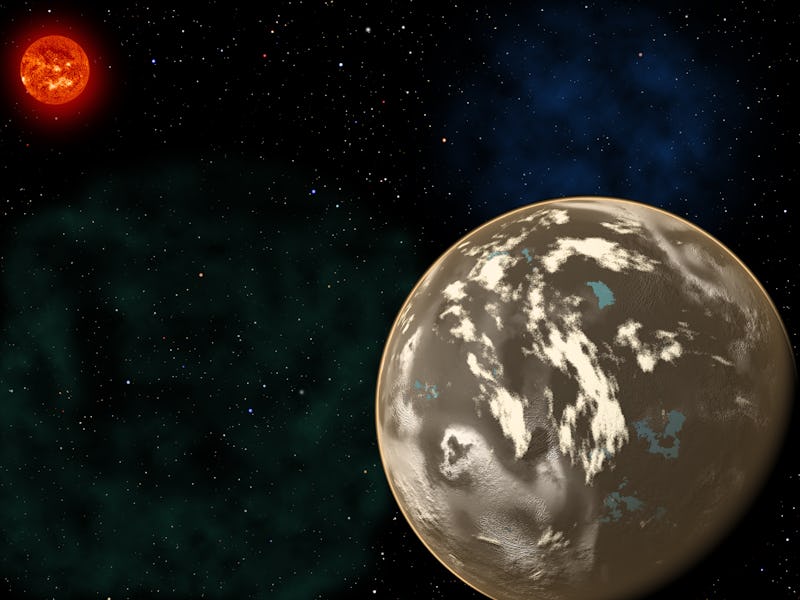Study Claims Alien Life Could Be Hidden on Distant Diamond and Graphite Planets
Scientists claim that a rare type of star could warm habitable worlds devoid of rocks and metals.

On what other worlds could life begin? You can have a roomful of scientists discuss that question for weeks without forming anything close to a consensus. We think of water as being the single essential ingredient, but when it comes to temperatures, atmospheric composition, size of the planet, and geology, there are plenty of other scientifically sound ideas. And we can now add one more: According to a new paper accepted for publication in the Monthly Notices of the Royal Astronomical Society, life could thrive without a silicate- and iron-based planet. Carbon planets, comprised of graphite, carbides, and diamonds, could potentially host extraterrestrials as well.
“This work shows that even stars with a tiny fraction of the carbon in our solar system can host planets,” said Harvard University researcher and lead author Natalie Mashian in a statement. “We have good reason to believe that alien life will be carbon-based, like life on Earth, so this also bodes well for the possibility of life in the early universe.
The new paper hypothesizes that a class of old, rare stars known as carbon-enhanced metal-poor stars, or CEMP stars, could have helped foster planet formation by encouraging fluffy carbon dust to collate together into distinct celestial bodies. Though lacking iron and other metals we’ve long considered necessary for complex life, these tar-black planets, possessing only one-hundred-thousandth as much iron as the sun, could still have the potential to turn into habitable environments by providing primitive life with the kinds of nutrients necessary to allow life to grow, and retaining masses and sizes similar to our own Earth.
Krypton was a carbon planet right?
Do these carbon worlds exist? And does life exist on them? The only way to find out is to look for exoplanets orbiting CEMP stars.
Those stellar bodies were formed in the early days of the universe, so there aren’t really many CEMP stars still lingering about, but they’re around. Finding any potentially habitable worlds orbiting known CEMP stars would simply require observation of any large objects regularly transiting those stars, by watching the light dim and brighten. That’s exactly how the Kepler missions have found so many exoplanets already.